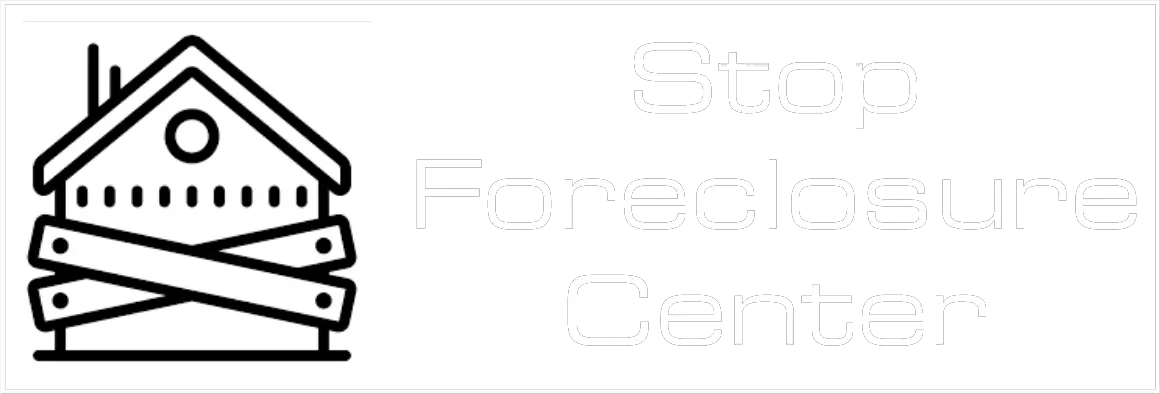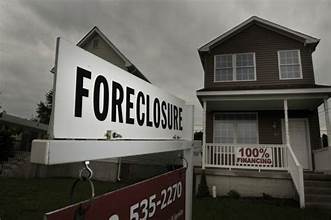In the ever-evolving landscape of homeownership, the threat of foreclosure looms like a dark cloud for many American families. In such times of financial distress, the Department of Housing and Urban Development (HUD) emerges as a beacon of hope.
This federal agency plays a pivotal role in foreclosure prevention, offering a lifeline to those teetering on the brink of losing their homes.
In this article, we’ll delve into the multifaceted role of HUD in foreclosure prevention, exploring the programs, strategies, and initiatives it employs to safeguard the American dream of homeownership.
Understanding Foreclosure
Before we embark on our exploration of HUD’s role, let’s grasp the essence of foreclosure. Foreclosure is a legal process through which a lender, typically a bank, repossesses a property when the borrower fails to meet their mortgage obligations. This can happen due to various reasons, such as job loss, unexpected medical expenses, or economic downturns. The consequences of foreclosure are far-reaching, affecting not only individuals and families but also communities and the economy at large.
HUD: A Helping Hand
HUD’s Mission
At its core, HUD is committed to creating strong, sustainable, and inclusive communities. It strives to ensure that every American has access to safe, affordable housing. One of the ways it achieves this mission is by actively working to prevent foreclosures and stabilize the housing market.
Financial Counseling
One of HUD’s primary tools in foreclosure prevention is financial counseling. The agency provides resources and guidance to homeowners facing financial hardship. HUD-approved housing counselors offer invaluable insights and strategies to help individuals regain their financial footing and avoid foreclosure.
Loan Modification Programs
HUD offers loan modification programs that allow struggling homeowners to renegotiate the terms of their mortgages. These programs can lower interest rates, extend loan durations, or even reduce the principal balance, making monthly payments more affordable.
Making Home Affordable Program
HAMP and HARP
Under the “Making Home Affordable” (MHA) program, HUD launched the Home Affordable Modification Program (HAMP) and the Home Affordable Refinance Program (HARP). HAMP provides eligible homeowners with loan modifications, while HARP assists homeowners in refinancing their mortgages to more favorable terms. These initiatives aim to reduce the risk of foreclosure and keep families in their homes.
Here are the main components of HAMP (Home Affordable Modification Program) and HARP (Home Affordable Refinance Program):
HAMP (Home Affordable Modification Program):
- Loan Modification: HAMP allows eligible homeowners to modify the terms of their existing mortgage loans to make them more affordable. This can involve lowering the interest rate, extending the loan term, or reducing the principal balance.
- Affordability Assessment: Borrowers must demonstrate financial hardship and the inability to make their current mortgage payments to qualify for HAMP. Lenders assess their financial situation to determine if they meet the program’s criteria.
- Trial Period Plan: Before permanent loan modification, borrowers typically enter into a trial period plan, where they make reduced mortgage payments to prove their ability to sustain the new terms.
- Financial Incentives: HAMP provides financial incentives to both borrowers and servicers. Borrowers can receive monetary incentives for making timely payments, while servicers are incentivized to participate and offer loan modifications.
HARP (Home Affordable Refinance Program):
- Refinancing Eligibility: HARP is designed to help homeowners refinance their mortgages even if they owe more on their homes than their current market value (commonly referred to as being “underwater” or having negative equity).
- Loan-to-Value (LTV) Ratio: HARP has specific criteria related to the loan-to-value ratio, allowing borrowers with high LTV ratios to refinance. The program typically accepts LTV ratios of up to 125%.
- Fannie Mae or Freddie Mac Loans: Borrowers must have mortgages that are backed by Fannie Mae or Freddie Mac, which are government-sponsored enterprises. HARP is intended to assist those with loans owned or guaranteed by these entities.
- Streamlined Process: HARP aims to simplify the refinancing process by requiring less documentation and appraisal requirements compared to traditional refinancing.
- Reduced Monthly Payments: By refinancing through HARP, homeowners can potentially reduce their monthly mortgage payments, making homeownership more affordable.
Both HAMP and HARP were part of the broader “Making Home Affordable” (MHA) program initiated by the U.S. Department of the Treasury and the U.S. Department of Housing and Urban Development (HUD) to address the housing crisis during the late 2000s and early 2010s. These programs aim to help homeowners facing financial difficulties stay in their homes and avoid foreclosure.
FHA Loans: An Avenue to Prevent Foreclosure
The Federal Housing Administration (FHA), a part of HUD, insures mortgages, making it easier for borrowers to qualify for loans. FHA loans often require lower down payments and have more flexible credit requirements. By promoting homeownership and enabling individuals to secure mortgages with reasonable terms, FHA loans play a crucial role in foreclosure prevention.
here are the main components of the Federal Housing Administration (FHA):
Federal Housing Administration (FHA):
- Mortgage Insurance: One of the primary roles of the FHA is to provide mortgage insurance to lenders. FHA insurance reduces the risk for lenders, making it easier for borrowers with lower credit scores or smaller down payments to qualify for mortgages. This promotes homeownership by expanding access to financing.
- FHA-Insured Loans: The FHA offers various types of mortgage loans, including FHA-insured loans. These loans are available to eligible borrowers and come with more flexible qualification criteria than traditional mortgages. Borrowers can often obtain FHA loans with lower down payments and more lenient credit requirements.
- Low Down Payments: FHA loans typically require a lower down payment compared to conventional mortgages. This lower barrier to entry makes homeownership more accessible to individuals and families who may not have substantial savings for a large down payment.
- Credit Requirements: While FHA loans have credit score requirements, they are generally more forgiving than those of conventional loans. Borrowers with lower credit scores may still qualify for an FHA loan, provided they meet other criteria.
- Mortgage Limits: The FHA sets maximum loan limits for FHA-insured mortgages, which vary by geographic location. These limits ensure that the program benefits a broad range of borrowers, from those in lower-cost areas to those in higher-cost regions.
- FHA 203(b) Loan: This is the most common FHA-insured mortgage program. It allows borrowers to purchase or refinance a primary residence with a fixed-rate or adjustable-rate mortgage. These loans can be used for various purposes, including buying a home, renovating, or refinancing.
- FHA 203(k) Rehabilitation Loan: This program allows borrowers to finance both the purchase of a home and the cost of renovating or repairing it in a single mortgage. It’s particularly useful for those looking to buy fixer-upper properties.
- FHA Reverse Mortgage (HECM): The FHA offers a reverse mortgage program called the Home Equity Conversion Mortgage (HECM). This program allows eligible homeowners aged 62 and older to convert a portion of their home’s equity into cash without having to sell the property. The loan is repaid when the homeowner moves out of the home or passes away.
- FHA Mortgage Insurance Premiums (MIP): Borrowers who take out FHA loans are required to pay mortgage insurance premiums. This insurance protects the lender in case the borrower defaults on the loan. Borrowers typically pay an upfront premium at closing and an annual premium throughout the life of the loan.
- Financial Counseling: The FHA offers financial counseling and education to help borrowers make informed decisions about homeownership, budgeting, and mortgage management.
Community Development Block Grants (CDBG)
Funding for Foreclosure Mitigation
HUD allocates Community Development Block Grants (CDBG) to state and local governments, which can be used to support a range of community development activities, including foreclosure prevention programs. These grants empower communities to tailor their foreclosure prevention strategies to their unique needs.
Consumer Education and Awareness
Empowering Homeowners
Preventing foreclosure is not just about offering financial assistance; it’s also about empowering homeowners with knowledge. HUD provides resources, workshops, and educational materials to help homeowners understand their rights and responsibilities, navigate the mortgage process, and make informed decisions to avoid foreclosure.
Collaboration and Partnerships
Working Together for a Common Goal
HUD collaborates with various stakeholders, including lenders, nonprofits, and housing counselors, to tackle the foreclosure crisis collectively. These partnerships enhance the effectiveness of foreclosure prevention efforts and ensure a holistic approach to addressing the issue.
Conclusion
In the face of economic challenges, the threat of foreclosure can be daunting. However, thanks to the Department of Housing and Urban Development (HUD), countless American families have found a glimmer of hope. Through its wide array of programs, financial counseling, and partnerships, HUD plays a pivotal role in foreclosure prevention. It not only helps individuals retain their homes but also contributes to the stability of communities and the overall housing market.

